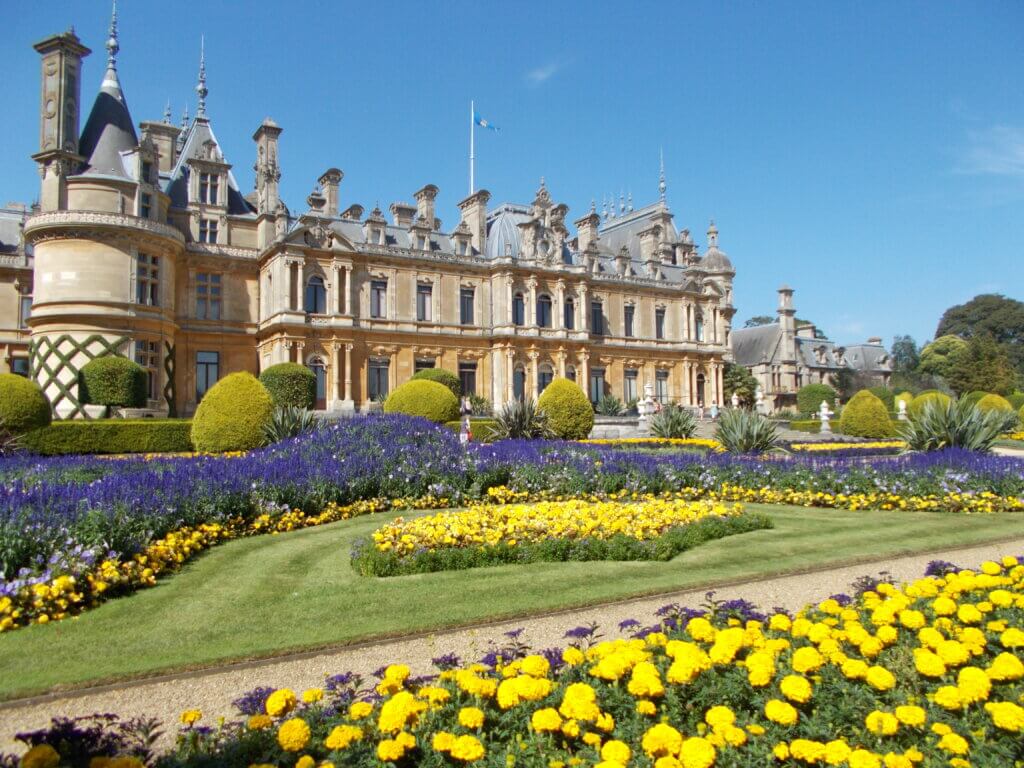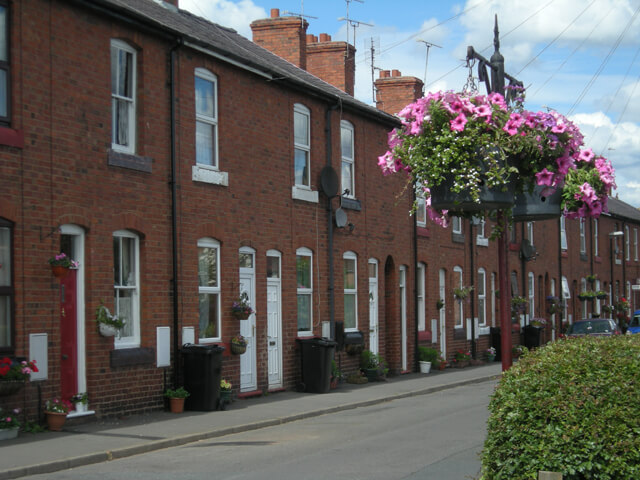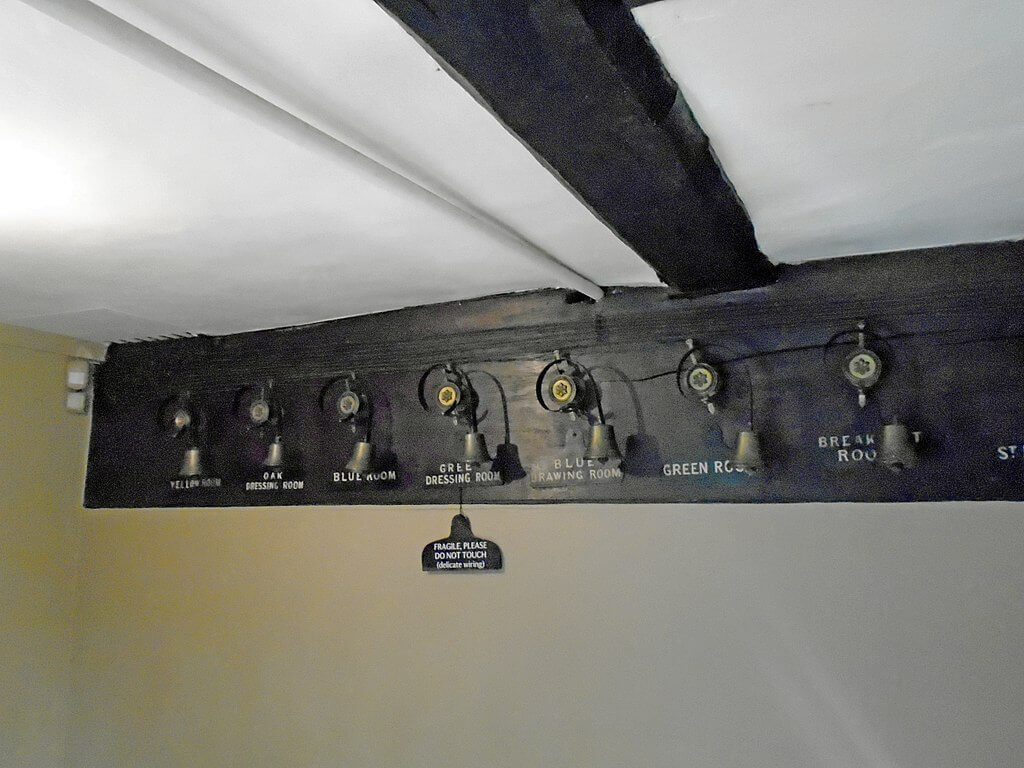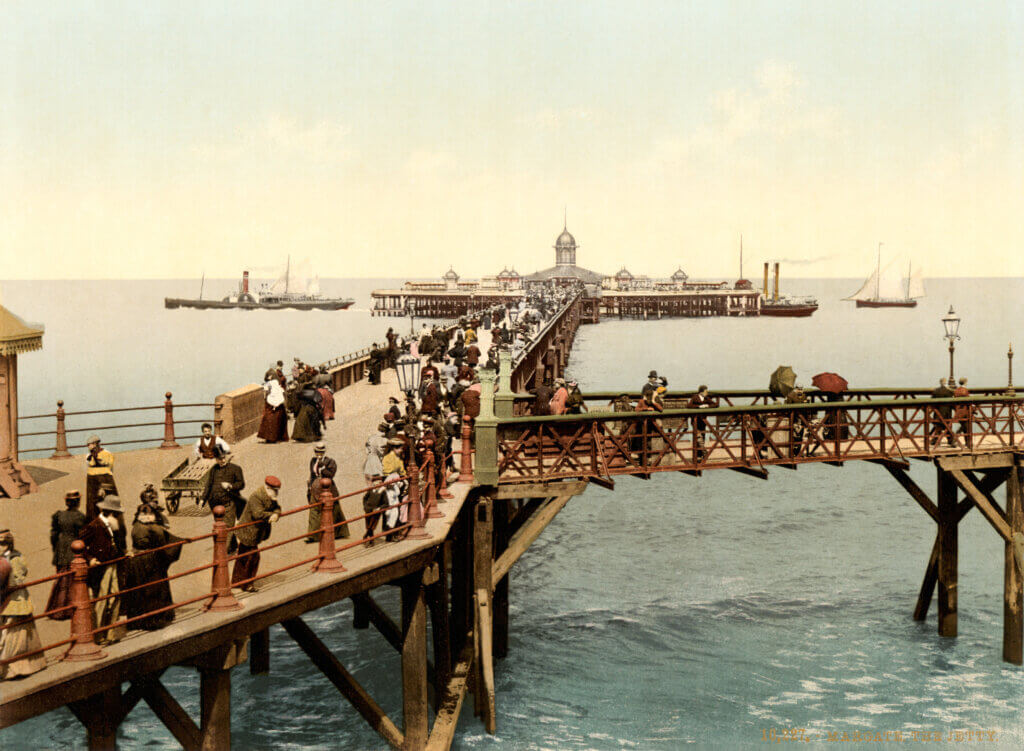The Victorians was a time for railways, Queen Victoria and the establishment of many familiar companies, such as chocolate maker Cadbury and soft drink company Coca Cola.
Queen Victoria
The Victorian era started when Princess Victoria was crowned Queen, at 18 years old, in 1837. Three years later, she married her cousin, Prince Albert. They had 9 children together, before he passed away in 1861. Victoria was distraught, and missed him so much that she wore black for the rest of her life.
You can find out more about Queen Victoria here.
Life in Victorian Britain
How your life was in Victorian Britain depended on who you were and how much money you had. If you were rich, then life was luxurious, although how luxurious your life was depended on how rich you were. If you were poor, then life was hard, and in some cases, you literally had to fight to survive.
Workhouses
Workhouses were places where some poor people lived and worked. They worked long hours on the factory floors. In return for their work, they would get a roof over their heads and food (although not very much.)
Many workhouses were dark and dirty, and you weren’t treated very well. It wasn’t a place you wanted to be in.
Housing
The house(s) that you owned and lived in depended on how much you and your family earned.
Rich families usually had a country estate and a house in the city. During the working week, the owner of the house would usually be in the city for work and go back to their country estate for the weekend. This wasn’t always the case, but it was common.

Middle-class families usually lived in either the outskirts of the city or in medium-sized cottages in the countryside. If the family had enough money, they might have both.
Working class and unemployed people, who usually lived in the cities (although they could be farmers in the countryside) usually rented or owned a terraced house, or for the poorest, shared a single (or double) room with other families as they couldn’t afford to rent an entire house.

Servants for the rich
A more attractive job than working in factories or the workhouse would be to work for a rich family as a servant. You got paid a wage (how much that wage was depended on your job) and a roof over your head. Because you were fed and had a roof over your head, your wage was usually sent back to your family.
Servants were summoned by their owners to particular rooms through a network of bells. In the Servants Quarters’ of that house, there was usually a row of bells, with a sign saying what room it was coming from, so the servants knew where to go, and who was demanding their assistance.

Hierarchy
Among the servants, there was a hierarchy, as there was in the family. The more senior your job was, the more time and the closer you were to the family. The closest to the family were the house-steward or the butler (or both, if the family was very rich), the lady’s maid, the valet, the housekeeper and the nanny (who supervised any children.)
Free time
Victorians had more free time than in previous eras. With the introduction of weekends and bank holidays, workers could now spend their free time however they wanted. Many people, rich and poor, sometimes decided to go down to one of the many new seaside resorts that were being built.
The seaside
The invention of the railways meant that many people could escape from the city to one of the many new seaside resorts that were being built. Train tickets were relatively cheap, meaning even factory workers and their families could afford a day or two at the seaside.
Piers were being built across the coastline. The first one was built on the Isle of Wight in 1814, and exactly 100 years later, there were at least 100 piers across the British coast.
